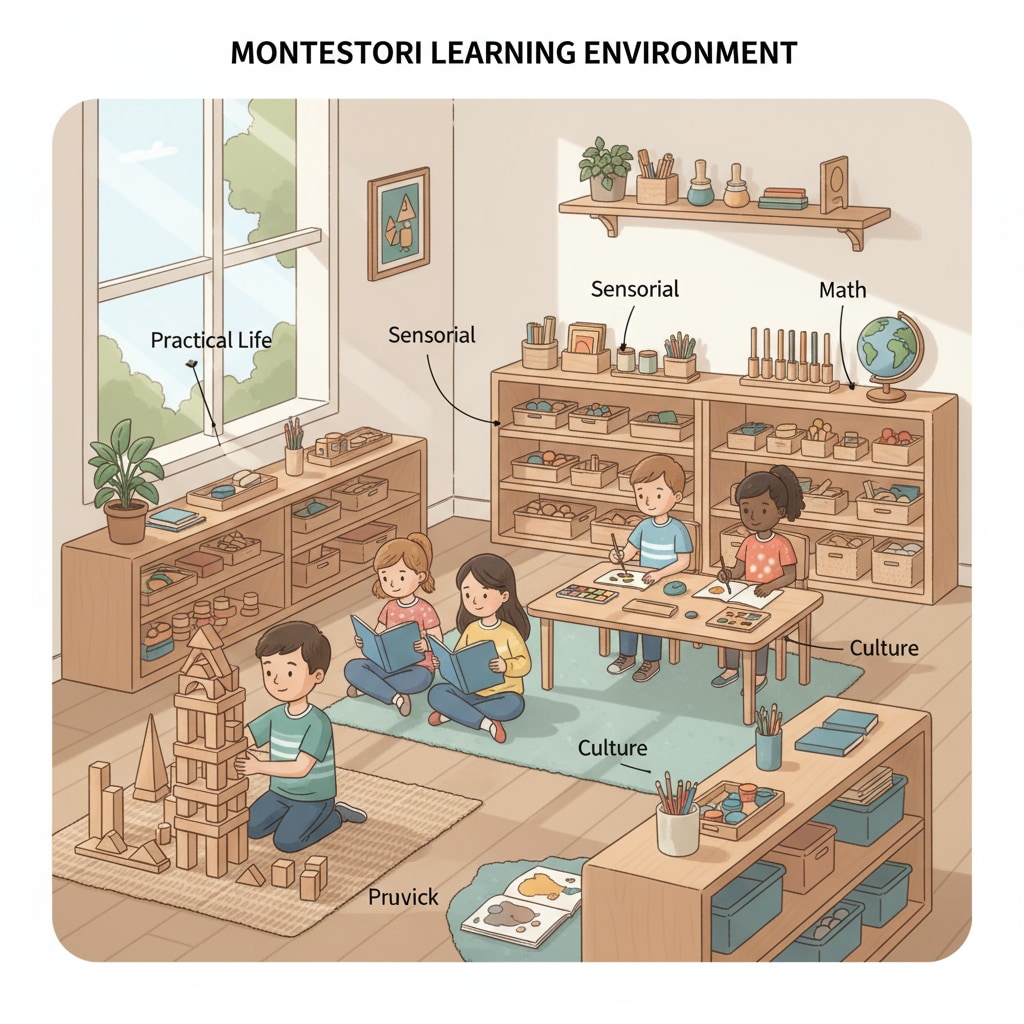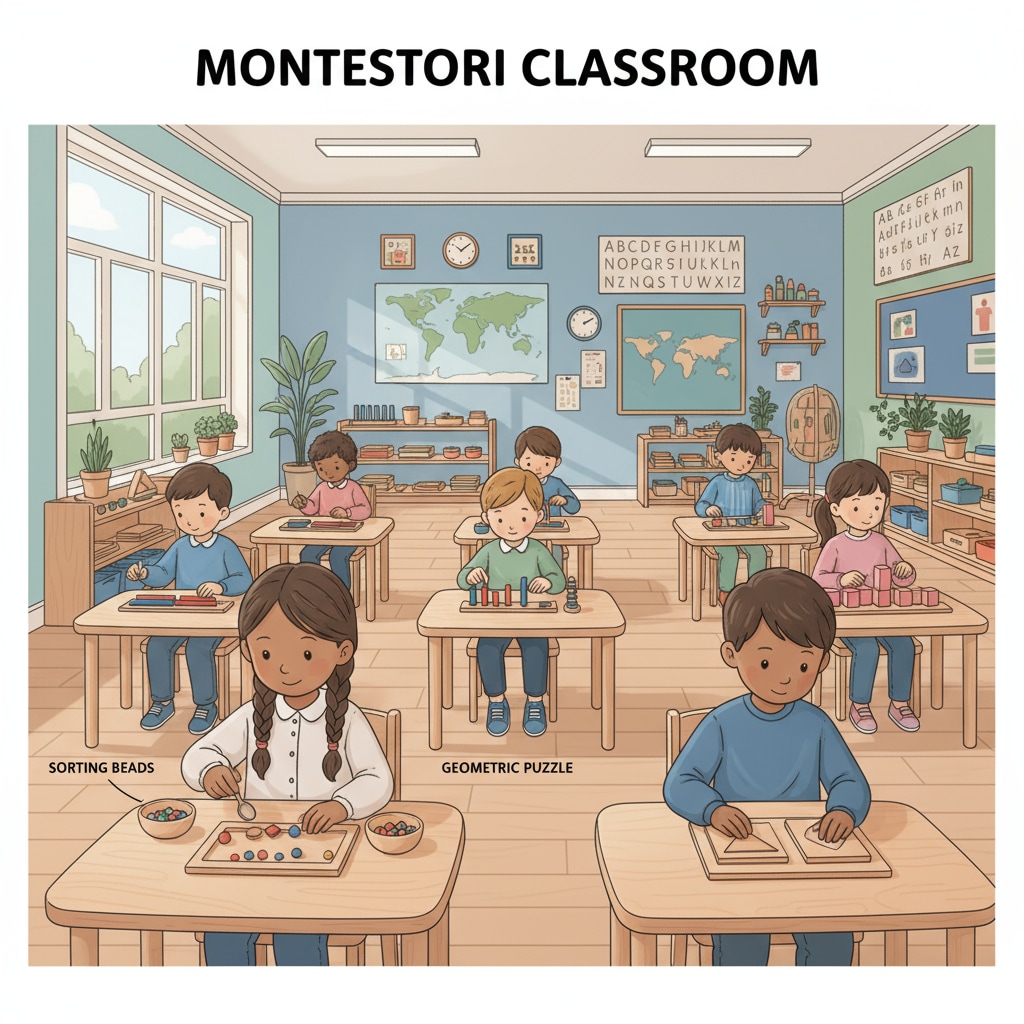Highly gifted and twice-exceptional (2e) children often face unique challenges when transitioning from a Montessori setting to a traditional public school’s gifted program. This shift can be both exciting and daunting, as it involves moving from one educational philosophy to another. Understanding these challenges and implementing effective strategies can help these children thrive in their new environment.

The Montessori Environment: A Foundation of Freedom and Exploration
The Montessori approach emphasizes self-directed learning, hands-on experiences, and individualized instruction. In a Montessori classroom, children have the freedom to choose their activities and work at their own pace. This environment fosters independence, creativity, and a love for learning. For example, children might engage in practical life exercises, like pouring water or buttoning a shirt, which not only develop fine motor skills but also a sense of accomplishment. As a result, many highly gifted and 2e children flourish in this setting. Montessori education on Wikipedia

The Shift to Public School: New Structures and Expectations
When transitioning to a public school’s gifted program, children encounter a more structured environment. There are set schedules, group activities, and a curriculum that follows a specific framework. For instance, they may now have to sit at desks for longer periods and participate in whole-class discussions. This change can be a shock for those accustomed to the flexibility of Montessori. However, with proper preparation, children can adapt. Gifted education programs on Education.com
One of the key aspects of helping children adjust is communication. Parents should talk to their children about the upcoming changes, explaining the new rules and routines. In addition, they can visit the new school with their children before the start of the term to familiarize them with the layout and the people. This way, children will feel more at ease when they begin their new school journey.
Readability guidance: As seen above, we use short paragraphs to convey ideas clearly. The lists and examples help break down complex concepts. The use of transition words like “however”, “for example”, and “in addition” makes the flow of the text smooth. Each H2 section focuses on a different aspect of the transition process, and within each section, we provide practical tips and explanations.


